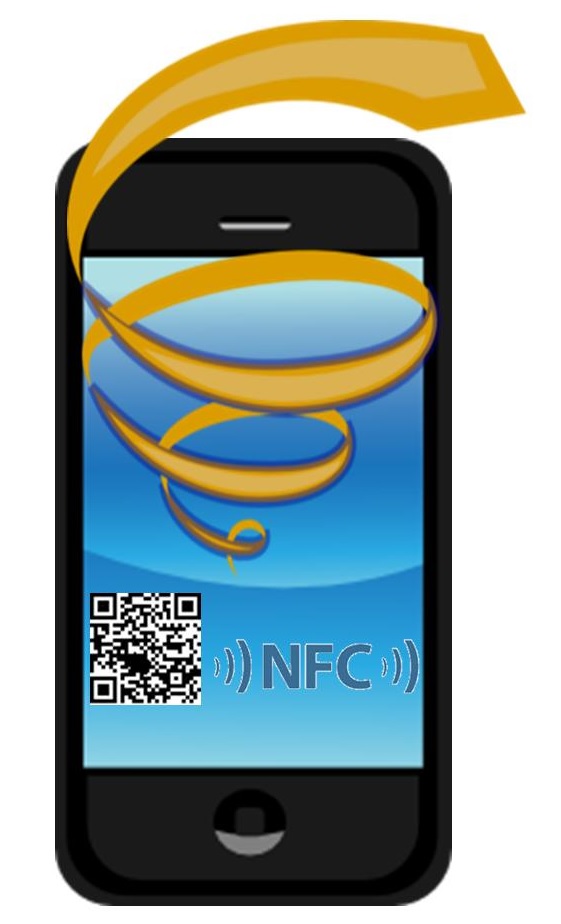Juniper Research predicts that the channel will take off by more than double by the year 2017.
According to the latest predictions that have been released by Juniper Research, mobile commerce will experience more than a doubling between now and 2017, when it will reach $3.2 trillion.
This was one of the forecasts that it made in its recent report on smartphone and tablet transactions.
The firm released its data in the Mobile Commerce Markets: Sector-by-Sector Trend Analysis & Forecasts 2013-2017 report. It also predicted that by the end of this year, m-commerce would be able to break the 1.5 trillion level.
Though the majority of mobile commerce transactions started as digital good purchases, this is growing broadly.
 As smartphone payments have diversified, this has allowed mobile commerce to considerably broaden its reach beyond the sale of digital products such as music, ringtones, videos, games, and ebooks. Though the majority of the sales remain within that area, as well as in the banking industry, retail is seeing a growing amount of action and will play an increasing role in the overall mobile sphere.
As smartphone payments have diversified, this has allowed mobile commerce to considerably broaden its reach beyond the sale of digital products such as music, ringtones, videos, games, and ebooks. Though the majority of the sales remain within that area, as well as in the banking industry, retail is seeing a growing amount of action and will play an increasing role in the overall mobile sphere.
Retail and airlines are predicted, by Forrester, to be the ecosystems in which there will be the most considerable contribution to mobile commerce in the near future. Airlines have already been expanding their platforms for digital ticketing and are actively encouraging travelers to use these methods through apps as well as through loyalty reward programs and other forms of advantage.
Though it has been a learning experience until now – and continues to be to a certain degree – retailers are also now learning how to provide an engaging mobile commerce experience to consumers, encouraging them to use their devices on an increasing basis to shop and to make actual purchases.
As more retailers offer apps and optimized mobile commerce website experiences, it makes it easier for consumers to be able to learn about products, compare prices, and shop on the smaller screen, at times that are most convenient to them, no matter where they happen to be. Often, this includes assisting them to decide among different products that they will then purchase while in store.
These techniques are primary behind driving Google billboard consumer engagement.
Google Play has released a new advertising campaign to boost mobile commerce from Android users, employing both QR codes and NFC technology to help to engage with consumers and encourage them to interact with billboard content using nontraditional techniques.
The campaign has been focused on consumers in various parts of Australia.
It was launched by oOh! Media and created mobile commerce connected billboards at the domestic airports located in Melbourne, Sydney, and Brisbane. They allow smartphone carrying travelers to be able to interact with content that is presented to them on digital billboards. They can then pay to download content onto their android smartphones using the free Wi-Fi within the airport, provided by oOh!
The mobile commerce purchase can be activated using either a QR code scan or an NFC tag tap.
 Once the mobile commerce transaction is complete, the desired content appears on the screen of the Android based device that was used to buy it. For instance, shoppers may spot a book that they would like to read while viewing one of the Google Play billboard ads in the airport while they are waiting for their flight. They can simply scan a QR code to head directly to the download screen for that digital product and it will be sent immediately to their device.
Once the mobile commerce transaction is complete, the desired content appears on the screen of the Android based device that was used to buy it. For instance, shoppers may spot a book that they would like to read while viewing one of the Google Play billboard ads in the airport while they are waiting for their flight. They can simply scan a QR code to head directly to the download screen for that digital product and it will be sent immediately to their device.
According to the Google Account communications planning director, Jenn Brown, PhD, “We wanted the campaign to be rewarding, interactive and truly mobile. We wanted this to be at a moment where consumption of entertainment content was top of mind and the airport environment delivered on all of these elements.”
Brown went on to say that the mobile commerce campaign has already managed to bring about more than 2000 interactions, which is considerably greater than any of the “trial” NFC campaign and oOh! campaign engagement metrics that have been achieved worldwide.
The group director of oOh! business strategy, Warwick Denby, explained that this is a first, worldwide, and that it is a prime example of how mobile commerce and billboard displays are very compatible with one another. It also illustrates, said Denby, how smartphones are able to “drive engagement and enable consumers to connect and transact with the brand online – immediately.”
 As smartphone payments have diversified, this has allowed mobile commerce to considerably broaden its reach beyond the sale of digital products such as music, ringtones, videos, games, and ebooks. Though the majority of the sales remain within that area, as well as in the banking industry, retail is seeing a growing amount of action and will play an increasing role in the overall mobile sphere.
As smartphone payments have diversified, this has allowed mobile commerce to considerably broaden its reach beyond the sale of digital products such as music, ringtones, videos, games, and ebooks. Though the majority of the sales remain within that area, as well as in the banking industry, retail is seeing a growing amount of action and will play an increasing role in the overall mobile sphere.
 Once the mobile commerce transaction is complete, the desired content appears on the screen of the Android based device that was used to buy it. For instance, shoppers may spot a book that they would like to read while viewing one of the Google Play billboard ads in the airport while they are waiting for their flight. They can simply scan a QR code to head directly to the download screen for that digital product and it will be sent immediately to their device.
Once the mobile commerce transaction is complete, the desired content appears on the screen of the Android based device that was used to buy it. For instance, shoppers may spot a book that they would like to read while viewing one of the Google Play billboard ads in the airport while they are waiting for their flight. They can simply scan a QR code to head directly to the download screen for that digital product and it will be sent immediately to their device.